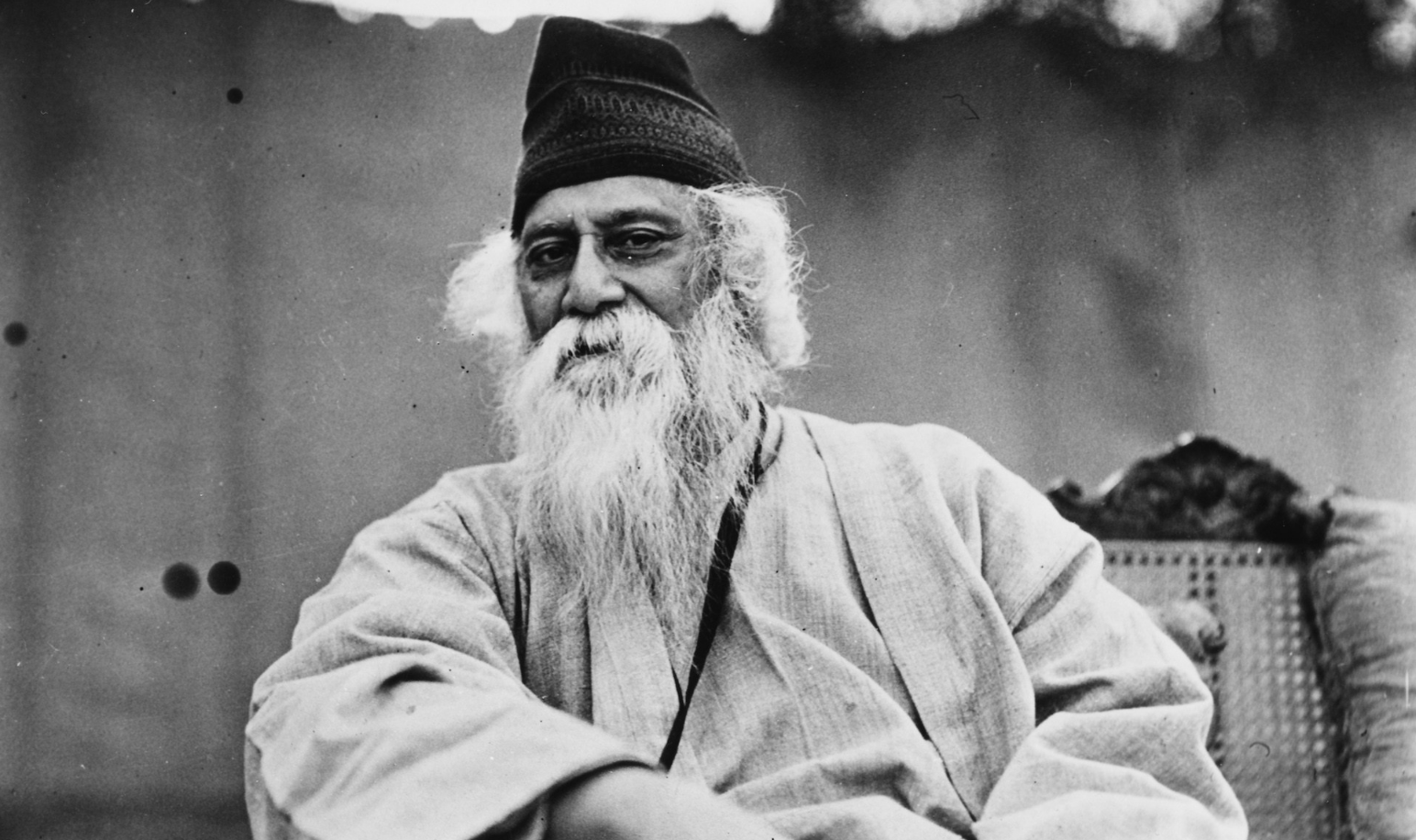TAC Bookshelf: Why Care About the Bengal Renaissance?
A fresh anthology supplies a reintroduction to British India’s Rabindranath Tagore. The post TAC Bookshelf: Why Care About the Bengal Renaissance? appeared first on The American Conservative.

TAC Bookshelf: Why Care About the Bengal Renaissance?
State of the Union: A fresh anthology supplies a reintroduction to British India’s Rabindranath Tagore.

Sumantra Maitra, Director of Research and Outreach, American Ideas Institute: Sir Rabindranath Tagore at his peak was hallucinatory and romantic. Back when the world was borderless, but only for the qualified, in the days of horse-drawn carriages, discovery, and empires, magic was alive—at least in the elite occult circles of London, Vienna, and New York, and in the paintings of John Atkinson Grimshaw. It was also when Tagore was momentarily a knight of the realm; he received the title in 1915 and renounced it in 1919, after a massacre in North India by the British colonel Reginald Dyer, a reckless and criminal act that permanently damaged the successful and social contract between the liberal, pro-empire Indian middle class and their erstwhile overlords. The atrocity at Amritsar signaled the impending end of British rule in India.
The Best of Tagore, a collection edited by Rudrangshu Mukherjee from the Penguin Everyman’s Library Classics Series, is reintroducing Tagore to the English speaking world, his natural home. Tagore is often misconstrued in his homeland and forgotten in the West. The collection contains some of his greatest essays, novels, short stories and poems, including The Hungry Stones and The Postmaster. The poems, including The Captive Hero, a tale of heroic destruction of the Sikhs losing their battle to the Mughals. Short stories include my personal favorite, “Kabuliwallah,” about an Afghan vendor in Calcutta who has more in common with his adopted home than his native land; he ultimately returns to his grown-up daughter in Afghanistan, who fails to recognize him.
Tagore’s ambiguous magnum opus, The Home and the World, tells of a love triangle between the conservative and restrained Nikhilesh, his wife Bimala, and the reckless nationalist leader Sandip. It is a story that defies categorization, as the conservative forces here were pro-imperial and pro-authority, and the nationalist forces were aligned with the personal emancipation and intellectual liberation of Bimala. One wonders what Tagore would have contemplated about the forces he opposed, but also helped unleash; as Hindu Nationalism and social reaction which is currently reversing the peak Euro-Bengali culture—and arguably female liberation—that lasted roughly from the 1830s to the 1990s.
Some of these works were translated by Tagore himself; other renderings are more contemporary, and that shows. Ironically, the reason for his Nobel Prize in literature—he was the first Asian to receive the honor—was Geetanjali, a much misunderstood collection of poems admired by, among others William Butler Yeats. Geetanjali was, at least without contextualization, a work of high theology at least partially symbolizing the aspirations of his age. Incidentally, it was published in the American Poetry magazine, in 1912, during Tagore’s long American tour. Tagore was an admirer of Walt Whitman. It was during Tagore’s U.S. tour that convinced him of the need to decentralize education from behemoth universities to small liberal arts colleges. The English translations of Geetanjali, from his time in America, earned him the Nobel.
Tagore has much sympathy with the elite European liberalism exemplified by Walter Bagehot. Geetanjali 35 reads, “Where the mind is without fear and the head is held high; Where knowledge is free; Where the world has not been broken up into fragments by narrow domestic walls….” This is the world of 1910, before the most destructive fratricidal war wrecked High Europe, permanently. In 1919, after the massacre, Tagore wrote, “These are the reasons which have painfully compelled me to ask Your Excellency, with due reference and regret, to relieve me of my title of Knighthood, which I had the honour to accept from His Majesty the King at the hands of your predecessor, for whose nobleness of heart I still entertain great admiration.” A sign of high Indian civilization, now lost in online nationalist rage, Tagore’s letter of renunciation to Lord Chelmsford, the then Viceroy of India, is a work of literary genius, of controlled rage, propriety, and heartbreak.
The collection is best read as a historical compendium. It was from a different time and culture. It is quite obviously all gone. Yes, the tea and the cricket remain. As are the street names—some of them, anyway—and the libraries, the university crests, and the old British architecture. Writer’s Building and the surrounding areas in Kolkata still look like London on a rainy day. But the rest is now no more. For all that is worth, Bengal’s literary and cultural renaissance lasted for over a hundred years, from the time religious reactionaries’ opposition Raja Rammohan Roy for establishing Science Colleges over Sanskrit pathshalas and promoting widow remarriage in the 1840s to the communists’ destruction of the social fabric and redistribution land from the Western-educated zamindars in the mid-1970s. The broken and redistributed land hasn’t returned, thereby permanently stifling any further economic and industrial development. Social conservatism has.
A friend once told me there’s a whole new emotional register for Anglo-Bengalis abroad, which one cannot share with the rest of the Anglosphere due to cultural differences, that is best unexpressed. That is true. To express and explain it would make the effort tedious and the product unreadable. This collection by Tagore might help for those interested in fallen civilizations. It is a reflection from a time never to be replicated in our lifetime. A product of a culture that no longer exists. A husk of a once proud but long dead society. Perhaps for the greater good, as sometimes some things are best studied from a detached historical distance.
The post TAC Bookshelf: Why Care About the Bengal Renaissance? appeared first on The American Conservative.
What's Your Reaction?
















